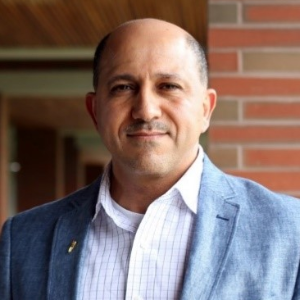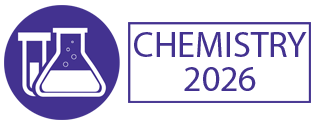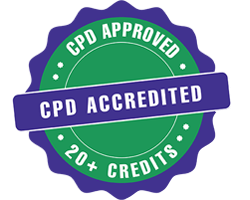Green Analytical Chemistry
Green Analytical Chemistry (GAC) is a branch of analytical chemistry focused on developing environmentally friendly and sustainable analytical methods and practices. It aims to minimize the environmental impact of analytical processes while maximizing resource efficiency and reducing waste generation. GAC encompasses various principles such as the use of green solvents, alternative energy sources, and eco-friendly analytical techniques. Techniques such as liquid chromatography with supercritical fluid mobile phases, microwave-assisted extraction, and solid-phase microextraction are examples of green analytical methods. GAC emphasizes the reduction or elimination of hazardous chemicals, toxic reagents, and environmentally harmful solvents in analytical procedures. It promotes the use of renewable resources, recyclable materials, and green chemistry principles to achieve greener and more sustainable analytical workflows. GAC contributes to sustainable development goals by reducing energy consumption, greenhouse gas emissions, and chemical waste generation in analytical laboratories. It encourages the development and adoption of green metrics and assessment tools to evaluate the environmental impact and sustainability of analytical methods. Collaboration between academia, industry, and regulatory agencies is essential for promoting the adoption of green analytical practices and advancing the field of Green Analytical Chemistry. Ongoing research and innovation in GAC focus on developing greener sample preparation techniques, analytical instrumentation, and data analysis strategies to address current environmental challenges and meet future analytical needs sustainably.

Hossam A Gabbar
Ontario Tech University, Canada
Victor John Law
University College Dublin, Ireland
Alexander Bagaturyants
National Research Nuclear University MEPhI, Russian Federation
Sergey Suchkov
N.D. Zelinskii Institute for Organic Chemistry of the Russian Academy of Sciences, Russian Federation
Shree Niwas Chaturvedi
Centre for Aptitude Analysis and Talent Search, India
Pieter Samyn
SIRRIS, Belgium




Title : Advances in plasma-based radioactive waste treatment
Hossam A Gabbar, Ontario Tech University, Canada
Title : Unraveling the ultrastructure and functions of the neuronal membrane skeleton using super-resolution fluorescence microscopy
Zhou Ruobo, Djillali Liabes University of Sidi Bel Abbes, Algeria
Title : Solar box cooker dehydration, and relative humidity endpoint detection, of lamiaceae culinary leaves on the island of Crete
Victor John Law, University College Dublin, Ireland
Title : Nutrient and heavy metal loads from the Ribeiras to Coastal zones: A land-ocean continuum perspective in Madeira Island
Aracelis Del Carmen Narayan Rajnauth, University of Porto, Portugal
Title : Prospective polyoxometalate-based covalent organic framework heterogeneous catalysts
Arash Ebrahimi, Comenius University Bratislava, Slovenia
Title : Eliminating implant failure in humans with nano chemistry: 30,000 cases and counting
Thomas J Webster, Brown University, United States